By Keith Loria
When it comes to selling your home, the last thing you want to do is hold up a sale because of a simple problem that could have been identified by investing in a home inspection. While it may not be the No. 1 item on your to-do list as you prepare to list your home, a home inspection is an integral piece of the puzzle. Bringing to light any problems or issues that need to be addressed, a home inspection can save you a lot of time, money and headaches.

Here are some of the most common problems a home inspector can unearth.
Bedroom Windows.
All rooms listed as bedrooms must have an operating window with 30 square feet of clearance for fire escape. Bedrooms must also have heat. If a home is listed with three bedrooms, and one does not meet both these requirements, it cannot legally be called a bedroom.
Furnaces and Compressors.
Rust in the heat exchange is a common problem that shows up during home inspections. Another common problem involves missing insulation where required by code at the time the house was built, or an improvement or replacement was installed.
Electrical Issues.
Common electrical code violations include electrical junctions not enclosed in a junction box, a lack of GFCI outlets in bathrooms and kitchens, or reverse-polarity on outlets. These are inexpensive things to repair, but by not doing so, it can hold up a sale.
Lifesaving Equipment.
Smoke detectors and carbon monoxide detectors are required by law in most states, and not having them will be considered a code violation.
Plumbing.
A number of plumbing issues are very common, with violations ranging from dripping faucets to loose toilets and improper drainage.
Structural Problems.
While these can be more expensive to fix, if they aren’t taken care of properly, they can prolong a sale. Violations in this area include rotten wood trim around windows and doors, rotten or delaminating siding and missing flashing on roofs or above windows and doors.
Extra Rooms.
If you had your basement fixed up at some point while living in the home, or even added a sunroom, be sure you have the proper permits in place. This will need to be taken care of before any sale can go through.
Don’t put your home sale in jeopardy because of code violations that can be easily fixed. Hire an inspector, make the necessary changes and enjoy the comfort it brings when the closing comes to fruition.
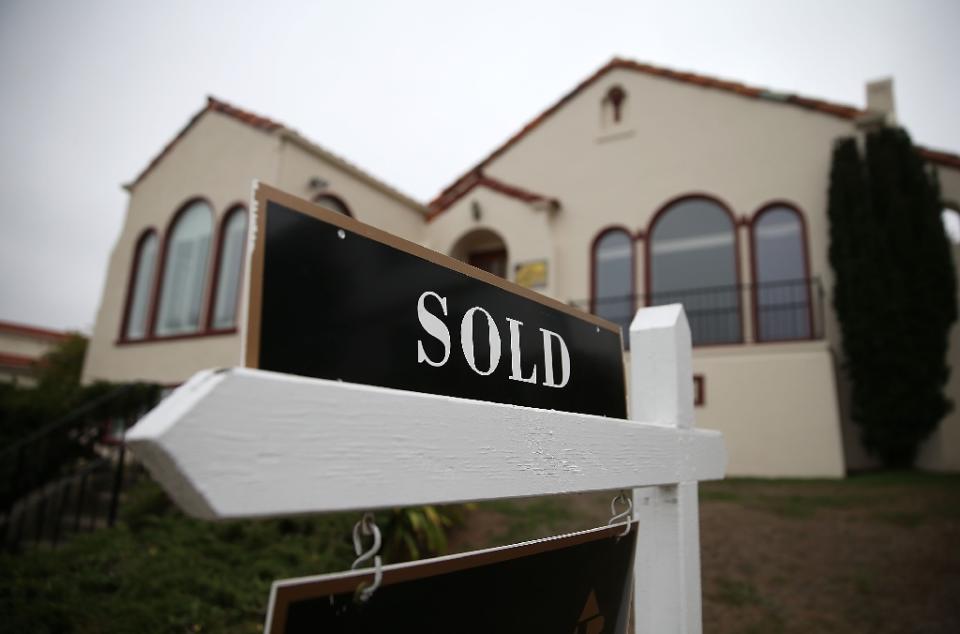
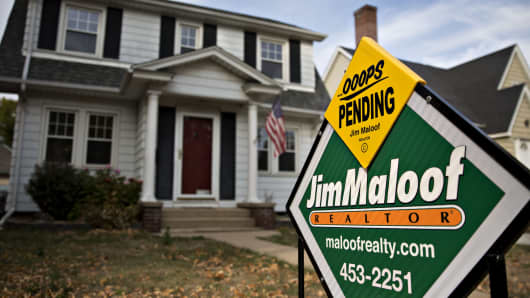

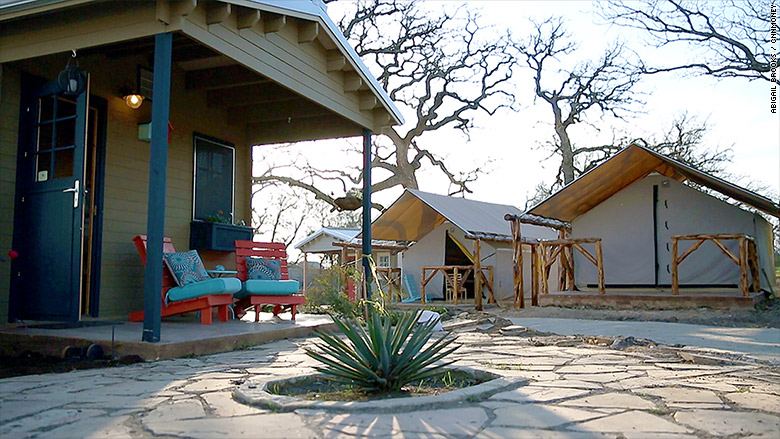
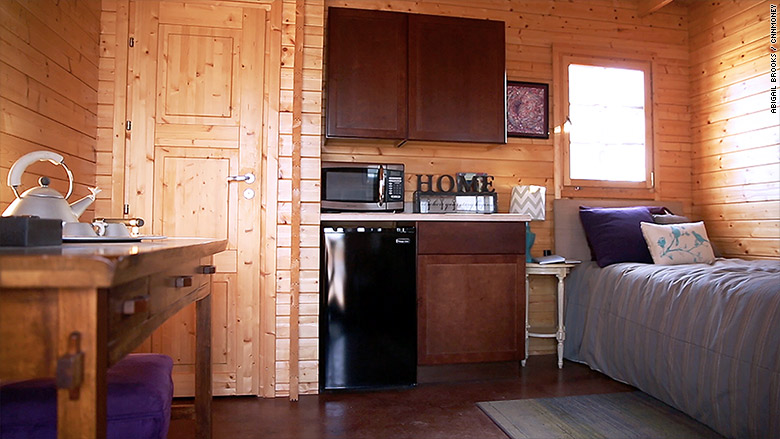

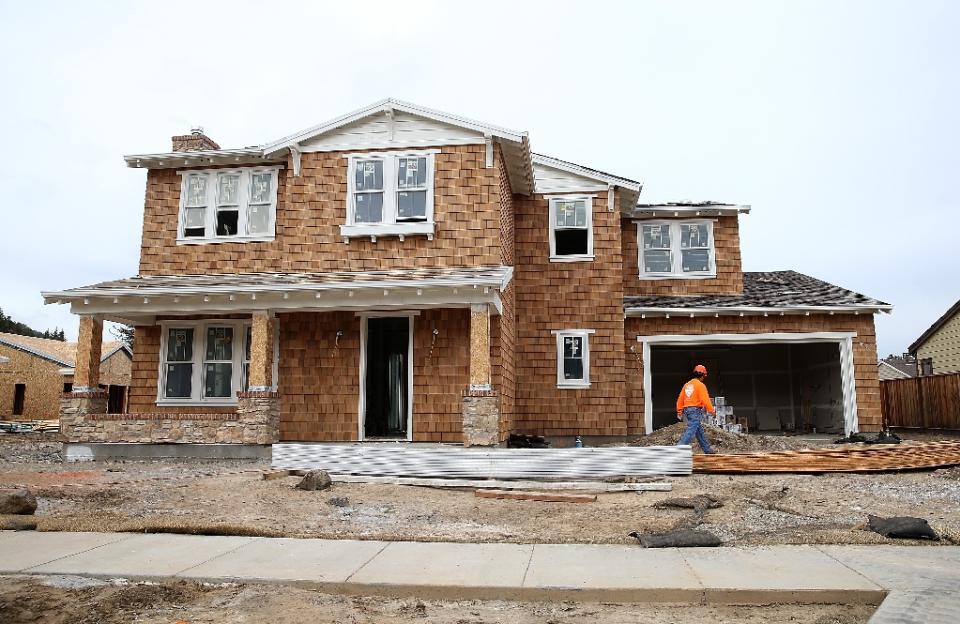
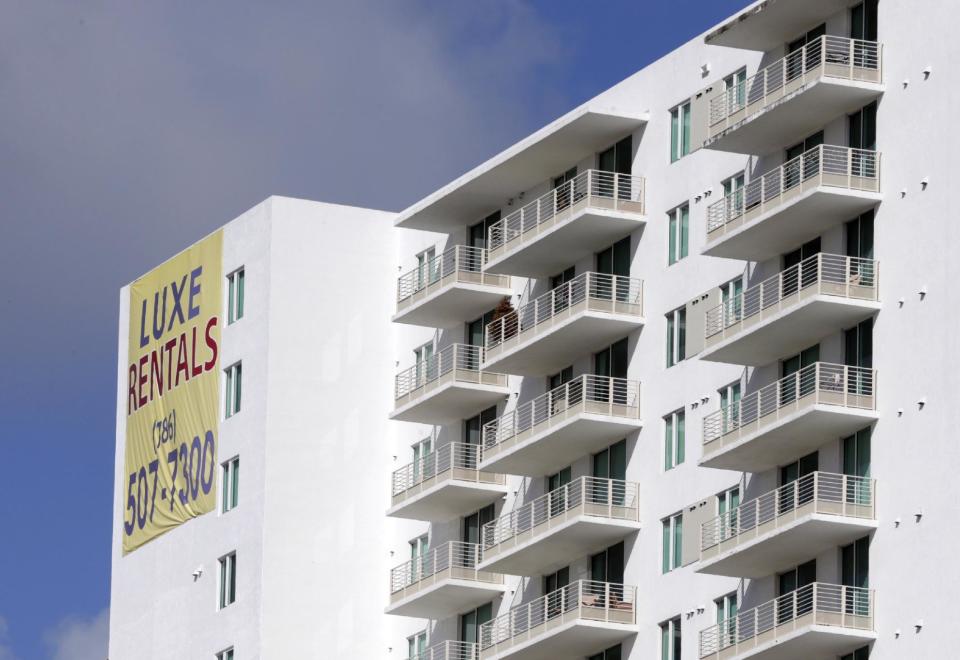
 Mortgage rates moved higher for the second week in a row, while also only posting the second increase this year. This makes mortgage rates very attractive for the upcoming spring home buying season, according to results from the Freddie Mac Primary Mortgage Market Survey® (PMMS®).
Mortgage rates moved higher for the second week in a row, while also only posting the second increase this year. This makes mortgage rates very attractive for the upcoming spring home buying season, according to results from the Freddie Mac Primary Mortgage Market Survey® (PMMS®).
